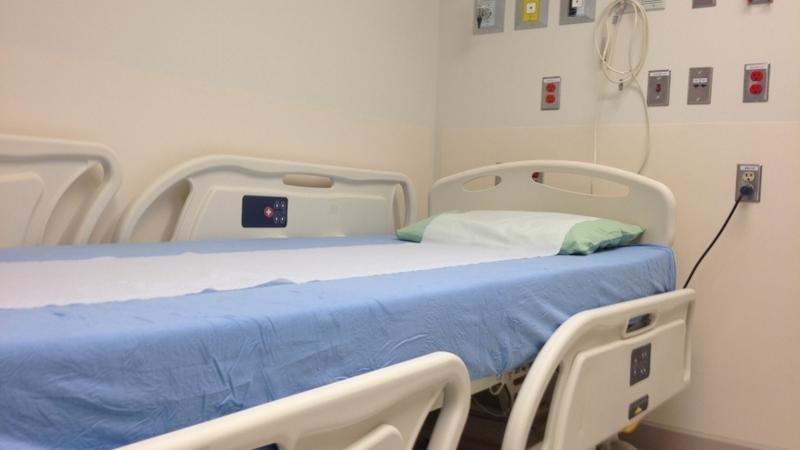
SHA doctor offers a look at the fight against COVID in hospitals
How do hospitals treat COVID-19, a disease never seen before its arrival in 2020?
While the illness might be relatively new, it’s not unfamiliar to those who work in the health-care system who regularly care for people with severe viral infections.
It’s first important to understand what the patients are dealing with.
The Saskatchewan Health Authority’s Dr. Satchan Takaya explains when people are infected with the new coronavirus, their bodies fight the infection, experiencing symptoms like fever, chills and aches. But then, an inflammatory response is prompted.


